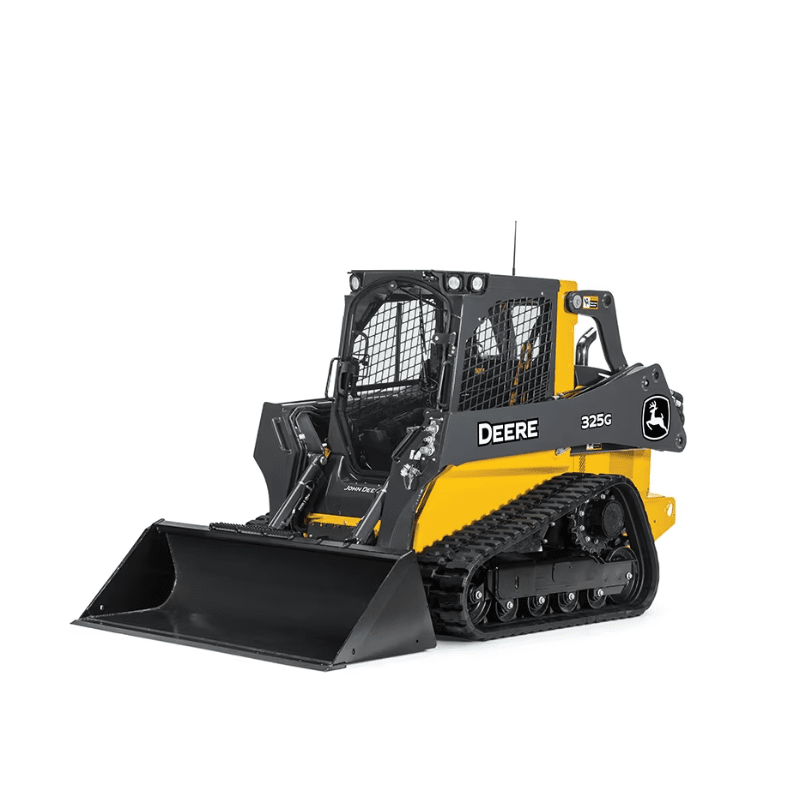Equipment Rental Company: Your Resource for All Sorts Of Machinery
Equipment Rental Company: Your Resource for All Sorts Of Machinery
Blog Article
Optimize Your Budget by Comprehending the Costs Connected With Building And Construction Equipment Rentals
Understanding the full extent of prices connected with construction devices services is important for maximizing your budget. What approaches can be utilized to efficiently manage these expenses and make certain a more effective rental experience?
Introduction of Rental Prices
When taking into consideration construction equipment services, comprehending the associated costs is paramount for reliable budgeting and job planning. Rental prices can vary substantially based on a number of aspects, consisting of devices kind, duration of service, and place. The preliminary rental fee usually shows the devices's market need and its associated functional abilities, influencing the total expense.
Along with the base rental price, secondary expenses might arise, such as transportation costs, gas surcharges, and upkeep costs. It is vital to represent these added expenses to accurately examine the total expense of leasing equipment. Furthermore, the rental period can influence rates; longer rentals may certify for affordable prices, while temporary rentals might sustain greater day-to-day fees.

Break Down of Rental Prices
A thorough understanding of rental rates is important for specialists and project supervisors aiming to optimize their budgets. Rental rates for building and construction tools normally contain numerous components, including base rates, time-based charges, and usage fees.
Base rates are the core fees connected with the rental of the devices, typically determined by the kind and dimension of the machinery. These rates can differ considerably, influenced by aspects such as devices need, accessibility, and local market fads. Time-based fees, which might be daily, weekly, or monthly, serve to fit different job timelines and rental periods.
In addition, rental prices may include use charges, which are appropriate when tools is made use of past a specified threshold, making certain that the rental business can make up damage. Seasonal demand changes can additionally affect rental prices, with peak building seasons usually regulating greater costs.
Moreover, recognizing the rental company's policies concerning upkeep and insurance policy can supply additional insight right into the overall cost structure. By analyzing these parts, contractors can make informed choices, making certain the option of rental tools lines up with both job demands and spending plan constraints.
Added Costs to Take Into Consideration
Understanding the details of added charges is critical for service providers to manage their total leasing expenditures successfully. Beyond the common rental prices, various supplemental costs can significantly affect the total expense of devices rental. These charges frequently consist of delivery and pickup charges, which can vary based on distance and logistics entailed in transferring the equipment to and from the job site.
Additionally, some rental companies may enforce fuel surcharges if the equipment is returned with much less gas than when rented. It is also vital to understand prospective cleansing charges, particularly for specific equipment that calls for detailed upkeep after usage.

Extensively reviewing the rental arrangement and making clear these extra fees upfront can help contractors prevent unanticipated prices and ensure that spending plans remain undamaged throughout the job lifecycle.
Repair And Maintenance Expenditures
Regular maintenance and fixing costs are frequently forgotten factors that can substantially influence the total expense of construction devices leasings. When renting out equipment, it is crucial to think about not only the rental charges however additionally the potential expenses related to Discover More keeping the machinery in optimum operating condition.
Lots of rental companies include fundamental maintenance as part of the rental arrangement; nonetheless, more unanticipated failures or substantial repair services can result in extra costs. It's vital to assess the rental contract carefully to recognize what maintenance solutions are covered and what responsibilities drop on the renter.
Furthermore, devices that is not well-maintained can bring about ineffectiveness on the task website, potentially triggering delays and raising job costs. To alleviate these dangers, it is recommended to conduct normal inspections and maintain open interaction with the rental copyright pertaining to any kind of concerns that arise during usage.
Insurance and Liability Expenses
Insurance and responsibility prices are crucial components that can dramatically influence the overall expenditure of building and construction devices leasings (forklift rental). These prices make certain that both the rental business and the customer are protected from potential financial losses occurring from mishaps, damages, or burglary throughout the rental period

Additionally, customers should be conscious of any deductibles or exclusions in the insurance coverage, as these can influence possible out-of-pocket expenses. Recognizing the terms of any insurance protection is important to avoid unexpected costs. Ultimately, budgeting for insurance coverage and obligation expenses can assist make certain a smoother rental experience and safeguard against financial dangers related to building jobs.
Final Thought
In conclusion, an extensive understanding of the prices associated with building equipment rentals is essential for effective budget plan monitoring. Ultimately, educated decision-making regarding tools rentals contributes to the overall success of building and construction ventures.
Rental prices can differ dramatically based on a number of factors, consisting of tools type, period of service, and area (construction equipment rentals). The rental duration can affect pricing; longer leasings might certify for affordable rates, while short-term rentals might sustain higher day-to-day charges
By performing detailed study and involving with reputable rental firms, contractors other can effectively navigate the complexities of rental rates, inevitably maximizing their economic resources.
Beyond the conventional rental prices, various supplementary charges can substantially impact the total price of tools leasing. Rental companies commonly supply liability insurance policy that covers injuries to 3rd celebrations or damage to property, while tools damages insurance coverage can cover the cost of repair work or substitute if the rented out equipment is damaged.
Report this page